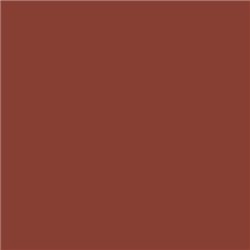Static grass puffer bottles work by manually charging model grass fibres with static electricity. When the charged...
No products
Product successfully added to your shopping cart
There are 0 items in your cart. There is 1 item in your cart.
Search Tips
How do I paint realistic brickwork or pavements on a scale model?
There are a wide variety of techniques that can be used to paint realistic brickwork and pavements and the approach will be broadly similar for both subjects. Some modellers may take the approach of painting individual bricks or paving. While this can be rewarding and lead to impressive results it can be very time-consuming. Other modellers may consider this a daunting prospect and as a result, they may leave the surface in question in one simple base colour. Most building models will have recessed grooves simulating the mortar for walls or gaps between pavement slabs. This immediately allows a modeller the option to utilise a number of techniques that will provide a realistic and eye-catching level of detail without taking an inordinate amount of time.
The first thing to decide is what will be the base colour for the surface. In the case of a wall, one option may be a red/brown base colour. Ideally, this should be a matt finish rather than gloss as a matt finish is better at showing the blemishes moulded into the surface detail. When looking at a wall it is obvious that there are subtle variations in the base colour. We can simulate this by taking slightly darker and lighter variations in the base colour and randomly dabbing the paint on the surface. When complete, this should leave the surface with a series of subtle but random variations in tone.
At this stage, it is useful to give the entire surface a gloss varnish as this has the dual benefit of both protecting the paint finish and preparing the surface for the next stage. The gloss varnish will allow the modeller to use a 'pin wash' to paint the mortar in one go. The key thing is not to choose too light a colour for the mortar as this may provide too stark a contrast to the darker brickwork. It is useful at this stage to play with the colour combinations in order to settle on a tone that offers the most realistic contrast to the base colour. This colour can either be oil-based paint thinned with turpentine or can just as easily be acrylic that is thinned to the right consistency. This can then be brushed onto the surface and the paint will be drawn into the mortar lines by capillary action. Using either thinner or turpentine the excess paint can be removed with a lint-free cloth ensuring the pin wash gives a neat and tidy finish to the mortar.
Optionally it might also be beneficially to apply a final overall wash to the surface. This can simulate the build-up of pollution-based deposits such as soot for railway buildings and as such can add a final weathering touch leaving a realistic-looking finish. The final step will be to add a matt varnish finish which will help 'lock in' and protect the paint.
There are a number of approaches to take for this task and those listed above represent just some of the options. Each project will be unique and the techniques used may well be dictated by the desired outcome. Why not experiment on your next layout!
Click here to receive the tips weekly in your mailbox. You can unsubscribe at any time.










